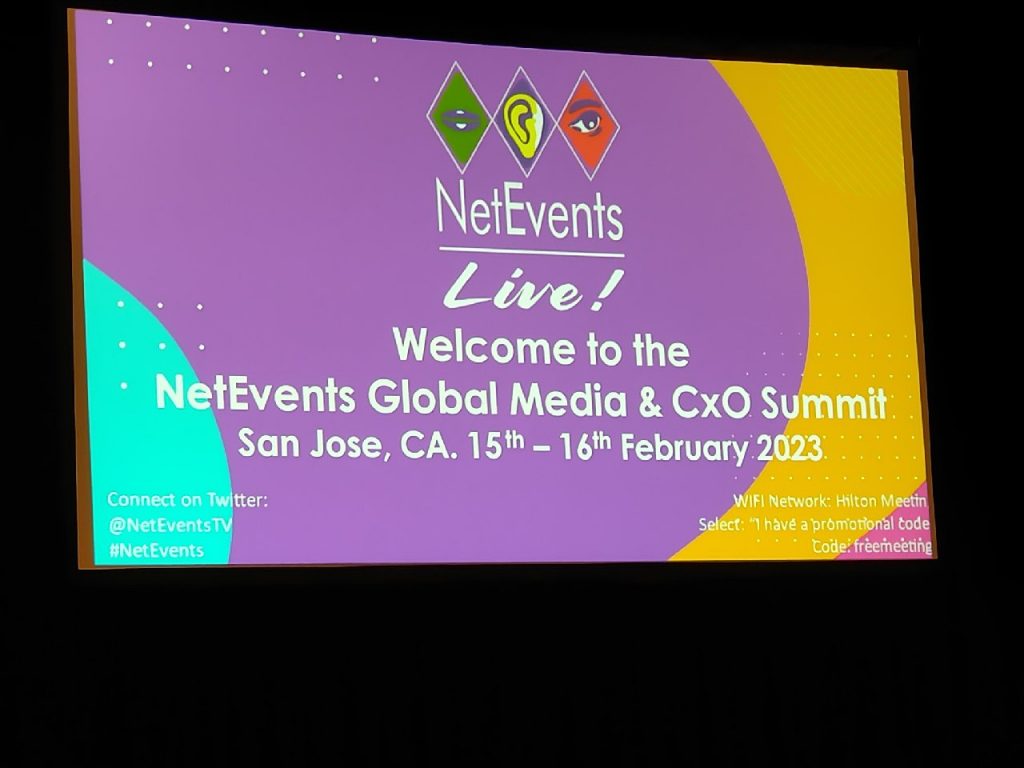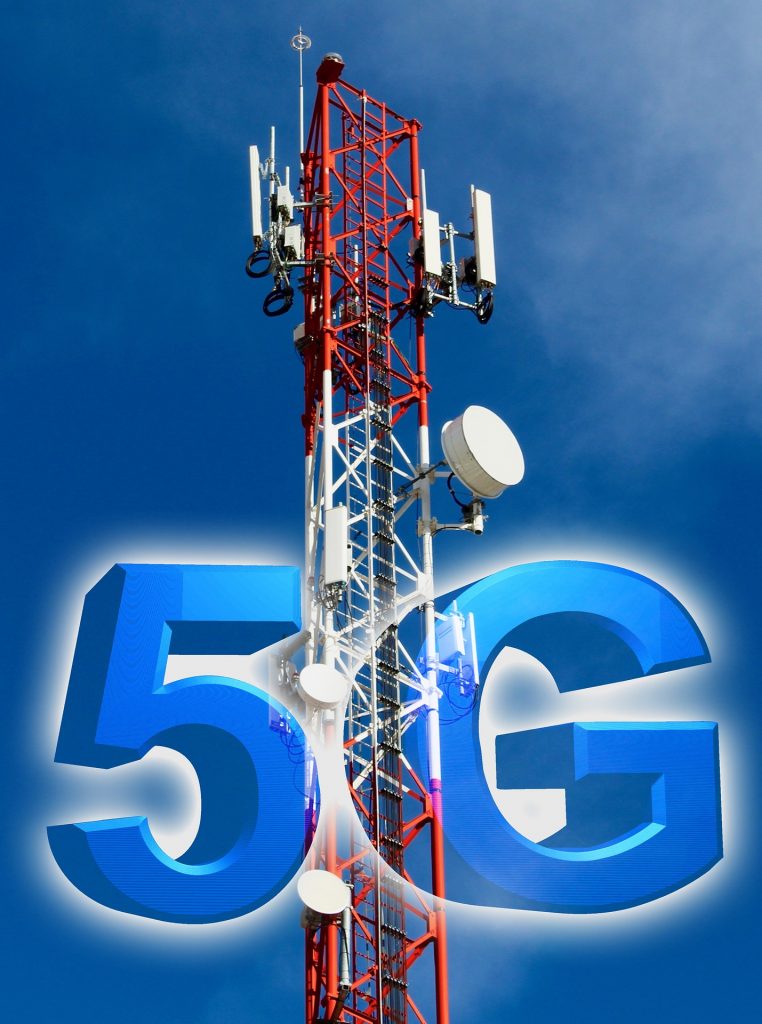Actors across the technology services arena are staking their future growth on the edge. Business technology journalist, Antony Savvas considers the involvement of telcos, and asks whether their critical role is recognised?
Last week, I attended the NetEvents press and CxO conference in San Jose, California, which brought together the press, analysts and senior executives from many of the world’s leading technology companies. The event had a particular focus on 5G and 6G, IoT and hyper-connectivity through improved data centres and data security, and, the lynchpin to all this, the evolving edge.
The edge

Many there wanted to define exactly what the edge was, which led to us hearing some pretty convoluted interpretations as to what the edge is, which brought me back to the first days of “cloud” about 15 years ago. Then, many in the industry, let alone the general public, were pretty shy in giving a firm view or description as to what they thought the cloud was.
Attending a big Citrix customer and partner event in the US at the time, I fondly remember a show comedian hired by Citrix for the show party, who used his whole routine to make fun about a technology industry that was betting its whole future on something no one seemed to be able to explain to their customers, let alone the person in the street.
Cloud email
My own description of the cloud to civilians (friends not in the technology industry) at the time was this: “Do you have a Hotmail or Yahoo! email address?” As Google Mail (or Gmail) hadn’t become dominant yet, the answer to my question was usually “yes”. “Well, you’re in the cloud then,” was my response, “your email is in a data centre that helps form the ‘cloud’.”
My explanation often led to other questions of course, but it’s one that is still relevant today, although it’s only people of my age who still have Hotmail and Yahoo! email addresses. But of more relevance to the debate about what the “edge” is, is the fact that when the cloud “appeared” it was based on mainly existing technology, exactly what the edge is today.
Over 100 years old
The edge, and what the edge will grow into, is and will be largely based on infrastructure that has stood in service to the communications industry for over 100 years. It is basically the telephone network, whether it’s the wires in the ground or what became the wireless mobile phone network (which of course is supported by wires in the ground as well).

Therefore, the edge’s future is in the hands of the telcos, providing they don’t sell it all off, which some are already doing to alleviate hopefully short-term debt problems. At NetEvents, I asked a conference panel why telcos were selling off their mobile masts and base stations, considering those same sites were expected to be the key touch points in the growth of the edge? “Were they idiots?”, I added for spice.
I already knew the obvious answer, that many were looking to cash in an asset to help reduce their debts. Those debts have ironically not been helped by the large amounts they have paid for 5G licence spectrum, to support much of the new data expected to go over the edge.
And the only answer that came back from the panel was that it was for “business reasons”, which is correct of course, but maybe the business people who allowed the sell-offs in the first place will be asked the same question in about five years’ time. This is when telcos will be asked for huge amounts to get back access to parts of “their” edge, located at the sites of those sold-off base stations.
Edge data centres

At those base stations, there will be a multitude of other communications service providers (CSPs) sharing infrastructure at specially built edge data centres, to deliver new services that can be quickly delivered and managed on behalf of close-by organisations and consumers. Who will own these edge data centres? Probably, many of them will be in the pocket of big cloud service providers, who will have moved their data and services from distant hyperscale data centres to be nearer their customers.
It’s a shame telcos either didn’t see this coming, or didn’t want to.
To illustrate the connectivity competition that telcos are facing, take two examples of expanded or newer services showcased at NetEvents last week.
Upstarts
Aryaka is scaling up its fully-managed software-defined WAN network to generate more business globally. It said it was increasing its investment in its point-of-presence footprint worldwide for cloud-based service delivery.
The company will also deploy its AppSure solution across all current and new points-of-presence (PoPs), to enable “SaaS acceleration” for improved application performance for increasingly hybrid workforces.

In addition, it is enhancing its last mile services offering by now also supporting wireless connectivity worldwide, “simplifying last-mile procurement and operations”, it says.
The strategy is designed to reduce latency further and speed service delivery. “With escalating security threats and any business becoming a distributed enterprise, companies of all size and in any vertical are looking for a partner that can offer business continuity, IT resilience and operational simplicity,” says Renuka Nadkarni, chief product officer at Aryaka.
“Aryaka’s last-mile connectivity services now enable fully-managed LTE, 4G and 5G connections in over 90 countries, using solutions from Cradlepoint Wireless Edge and NetCloud.”
In addition, Cloudbrink, which came out of stealth last November, is expanding its “FAST edges” to better support company connectivity and their distributed workforces.

The “hybrid access as-a-service” (HAaaS) provider claims to offer five times the geographical coverage and significantly faster end-to-end services than existing VPN and SD-WAN platforms.
Its FAST edges are deployed in existing infrastructure from multiple public cloud providers, and exploit services such as AWS Local Zones and Google MEC, and 5G edge infrastructure, all designed to bring applications and data closer to end users.
“Enterprises are struggling to deliver the same real-time experience that staff are used to in the office to the hybrid workplace. You need density of coverage at the edge, and you can’t do it with only a couple of hundred static points-of-presence,” says Prakash Mana, co-founder and chief executive of Cloudbrink.
“The crucial thing is how close you can bring enterprise services to the user. Unlike rivals who are typically 50-70ms (milliseconds) from the user, the median latency of our virtual Fast edges in customer deployments is consistently 4-7ms.”
These types of services should be the bread and butter of telcos, didn’t they see these upstarts coming either?
Comment on this article below or via Twitter: @VanillaPlus OR @jcvplus







